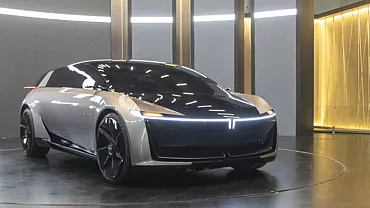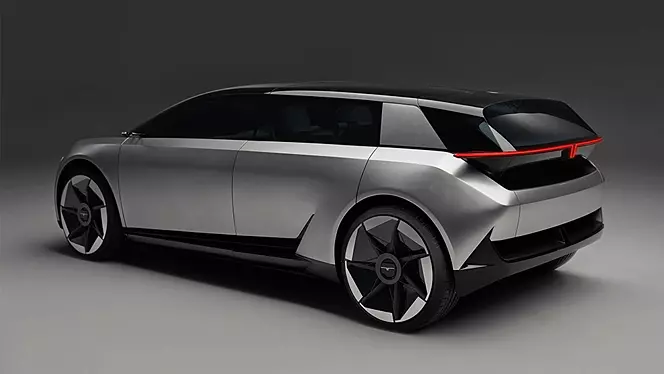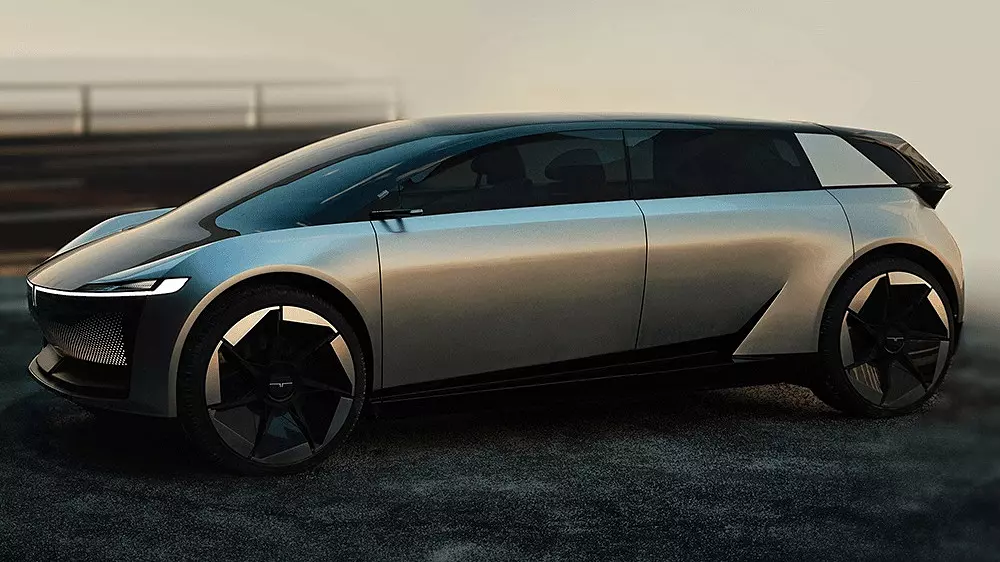The Indian carmaker Tata Passenger Electric Mobility Limited (TPEML) created the five-seater electric SUV known as the Tata Avinya. In Mumbai, it was launched on April 29, 2022. This idea is the first model based on the “Gen 3 architecture” of the company.
Based on a new design language, the Avinya is the first of TEPM’s future line of electric vehicles, which will likely be on the market by 2025.

Understanding
“Innovation” and “Beauty” are both meanings of the Sanskrit word “Avinya.” The letter ‘in’ in Avinya indicates its Indian origins.

Create
The idea is based on the company’s vision for future electric mobility and was first inspired by a catamaran. The business claims that the idea features the comfort of an MPV and flexibility of an SUV, and that it is built on a human-centric design.[1]This car’s chief designer is Martin Uhlarik.[6]
The “Gen 3 architecture”—the company’s design language totally devoted to electric vehicles—is a basis of the idea, making it the first model to do so.Additionally, the idea highlights using eco-friendly materials inside.

| Tata Avinya | |
|---|---|
| Overview | |
| Manufacturer | Tata Passenger Electric Mobility Limited (TATA.ev) |
| Production | April 2026 (Expected) |
| Body and chassis | |
| Class | 5-seater electric SUV |
| Doors | 5 |
| Powertrain | |
| Electric range | 500 kilometers (claimed) |
| Plug-in charging | 500 kilometers under 30 minutes (claimed) |
| Dimensions | |
| Length | 4300 mm (169.29 inches) |
REVIEW:
Technology
TEPM’s “Pure EV Gen 3 Architecture” is a brand-new design language that has been tailored for electric cars. This design language is intended to be adaptable in order to provide future cars that are intelligent, roomy, and sustainable in nature.
Increased range is one of this design language’s primary characteristics. Compared to the present models, the next models on this platform will likely feature greater dust and water protection that has been developed to international standards.
According to reports, the Tata Avinya concept enables ultra-fast charging, resulting in a minimum stated range of 500 kilometres in less than 30 minutes.


